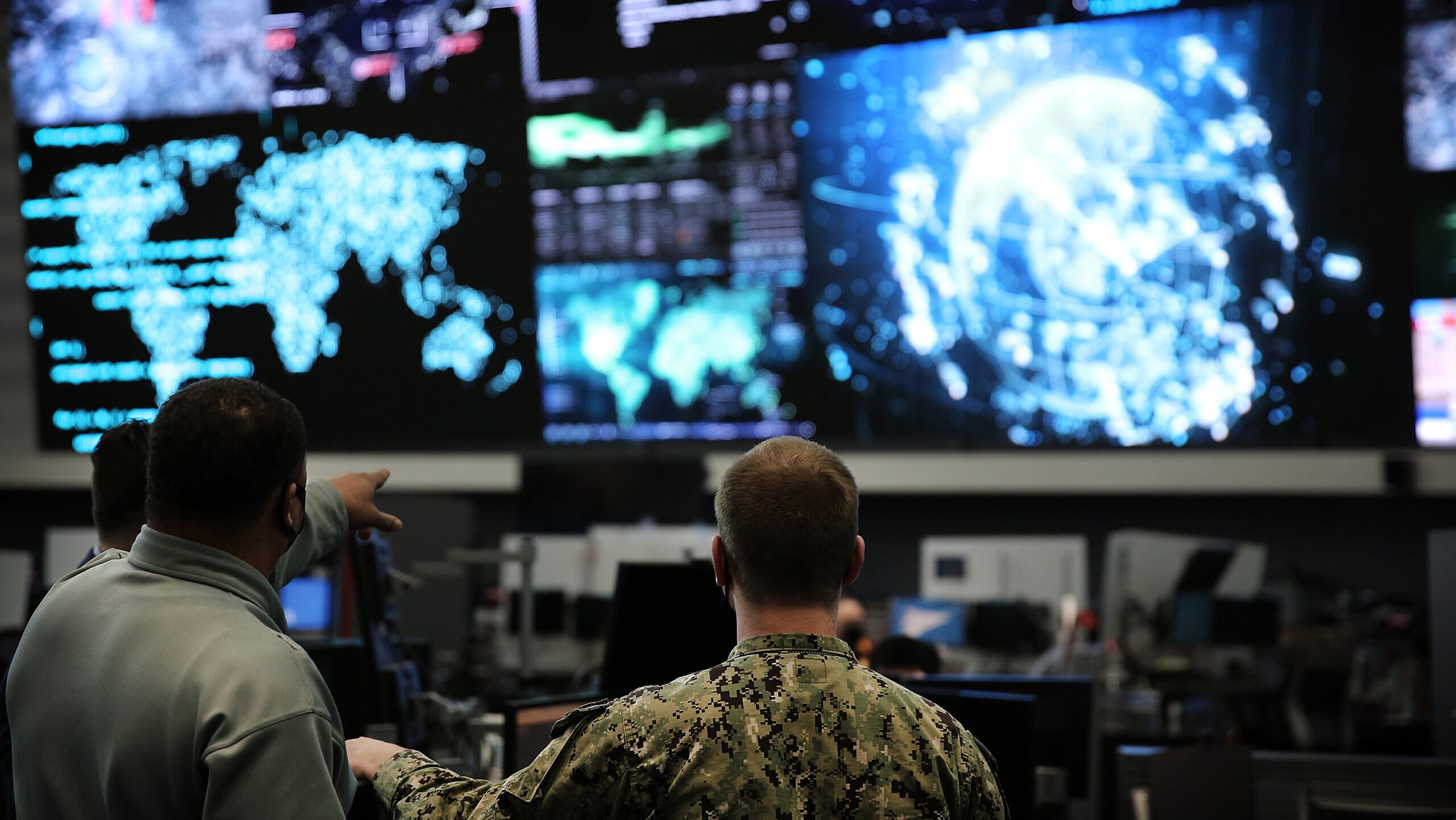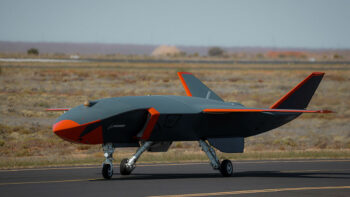
U.S. Cyber Command members work in the Integrated Cyber Center, Joint Operations Center at Fort George G. Meade, Md., April. 2, 2021.(Photo by Josef Cole)
WASHINGTON — The 13-year-old US Cyber Command had grown dramatically in size, power and bureaucratic heft since its creation in 2010. Its most recent expansion came this week, with the beginning of a new federal fiscal year Oct. 1, when new fiscal and hiring authorities granted by the 2022 National Defense Authorization Act came into effect.
“This will be the first year that we execute those new authorities,” CYBERCOM executive director Holly Baroody told a Billington webinar Tuesday. “We have a team in our J-8 [planning staff] who focuses on budget, [and] every day they are working [on this], not only within their team, but across all of the services, to make sure that we have all the right processes in place, the right systems in place, the right training… to take advantage of the authorities and execute them well.”
“It’s going to be huge,” she said.
What’s the big deal? Since the Goldwater-Nichols reforms of the 1980s, there has been a sharp legal and administrative division in the Defense Department between the armed services — Army, Navy, Marines, Air Force and Space Force — and combatant commands (COCOMs) such as CYBERCOM. By law, the services recruit, train, organize and equip servicemembers, who then get assigned to COCOMs for specific periods or missions. Essentially, services hire the people, buy the weapons and form them into units, while COCOMs command those units in the field.
But a few select organizations have the authority to do both, such as Special Operations Command, and now, Cyber Command.
RELATED: Lawmaker ‘definitely’ considering value of independent Cyber Force, but wants more study
On the personnel side, while the services will still recruit cyber specialists, manage pay and benefits and do some of their training, CYBERCOM will have greater authority and resources to run its own training programs, officials testified in July. On the equipment side, CYBERCOM will be able to run its own acquisition programs — nothing on the scale of massive service procurements like the F-35, but more like SOCOM’s famously fast and focused programs to buy cutting-edge tech.
“Before this enhanced budget control, all of that money was dispersed in different elements,” explained Baroody, a former Navy cryptologist who’s now the top civilian at CYBERCOM. “This allows us to bring it all together, [but] to continue to partner with all of those elements.”
“[We’ll] be able to manage all of the funding that comes for the Cyber [National] Mission Force and to make sure that we are identifying areas for efficiencies… and prioritizing,” she said. “That’s going to be critical.”
“We’ve also gotten some unique authorities from Congress in terms of hiring [civilians],” Baroody said. “Just at the headquarters level, we have over 400 open vacancies. [Now] we’re able to hire things like data scientist[s] that are highly competitive at a higher rate.”





















